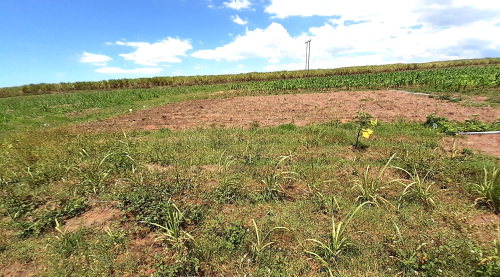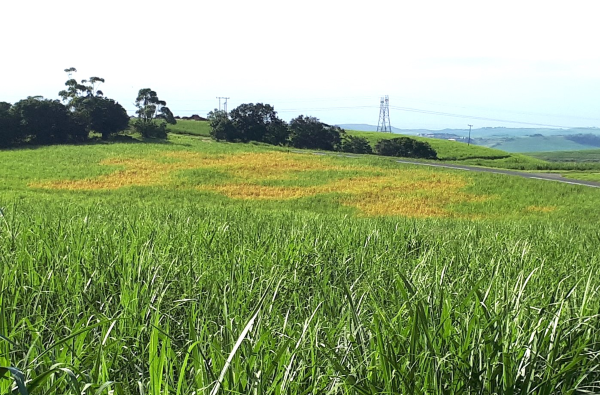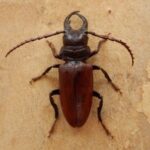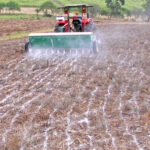Preserve your varieties: control Smut!
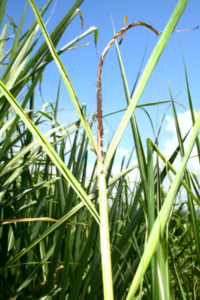 Smut continues to be problematic in some areas. In the irrigated north, the variety N41 remains under significant threat and there is a moratorium on planting this variety in the Pongola area. Less smut-susceptible varieties, such as N36 which is widely planted in the North, could come under threat if growers do not carry out regular roguing across all varieties and do not plant only Certified or Approved seedcane.
Smut continues to be problematic in some areas. In the irrigated north, the variety N41 remains under significant threat and there is a moratorium on planting this variety in the Pongola area. Less smut-susceptible varieties, such as N36 which is widely planted in the North, could come under threat if growers do not carry out regular roguing across all varieties and do not plant only Certified or Approved seedcane.
In the rainfed areas, some varieties are also under threat. Smut levels in N54 and N59 are becoming disturbingly high, and these varieties need special monitoring and roguing to make sure smut is controlled. These are both excellent varieties which are proving very popular. Do your utmost to help preserve them by regular roguing and limiting plantings (of any variety) to less than 20% of the area under cane on your farm.
When roguing diseased plants, make sure the entire stool is removed, including the roots, to prevent regrowth. Chemical roguing of smut, although requiring some training, is a better option. Speak to your SASRI Extension Specialist or your Biosecurity Officer.
Scout regularly for YSA
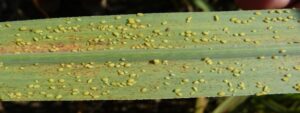 If the predicted dry summer materialises, outbreaks of yellow sugarcane aphid (YSA) are likely to occur in summer and autumn. Regular scouting will provide early warning of an outbreak and trigger treatment, if necessary. Spraying is proving successful where growers actively implement this approach. Often the pest reappears in the same spot each year and these areas should be checked carefully. Spraying of insecticides should be carefully considered, as the pest can be elusive and natural enemies are also often present to provide a measure of control. Ask your SASRI Extension Specialist or Biosecurity Officer for advice.
If the predicted dry summer materialises, outbreaks of yellow sugarcane aphid (YSA) are likely to occur in summer and autumn. Regular scouting will provide early warning of an outbreak and trigger treatment, if necessary. Spraying is proving successful where growers actively implement this approach. Often the pest reappears in the same spot each year and these areas should be checked carefully. Spraying of insecticides should be carefully considered, as the pest can be elusive and natural enemies are also often present to provide a measure of control. Ask your SASRI Extension Specialist or Biosecurity Officer for advice.
Prioritise eldana-infested fields for harvest
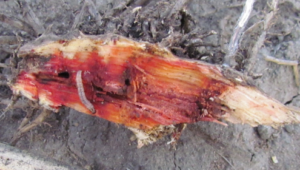 Whilst the previous season’s large areas of unplanned carry-over cane have been alleviated somewhat in several mill areas, the threat of eldana remains, and growers should carry out scouting in the off-season to prioritise fields for harvest once the mills open. With heavily infested fields, a stool drench directly after harvest is an option to consider. This will help reduce the residual population present in the cane stools and buy time to implement an effective follow-up spray programme in those fields.
Whilst the previous season’s large areas of unplanned carry-over cane have been alleviated somewhat in several mill areas, the threat of eldana remains, and growers should carry out scouting in the off-season to prioritise fields for harvest once the mills open. With heavily infested fields, a stool drench directly after harvest is an option to consider. This will help reduce the residual population present in the cane stools and buy time to implement an effective follow-up spray programme in those fields.
Control creeping grasses
Work hard at controlling creeping grasses. Repeated under-canopy applications of glyphosate, and verge control with imazypr (Arsenal) are essential to keep these grasses under control. It is a good idea to use flags in problem spots within fields to keep track of these areas as the cane matures. Large areas where grasses have taken over will require re-establishment. It is important to target the source of creeping grass problems. Verges and small patches of grass inside fields MUST be treated with herbicide. Hand-hoeing is not recommended as it is not effective and could encourage the spread of these grasses. Loaders can also spread creeping grasses. Make operators aware of this and take extra care in fields where grasses are a problem.
